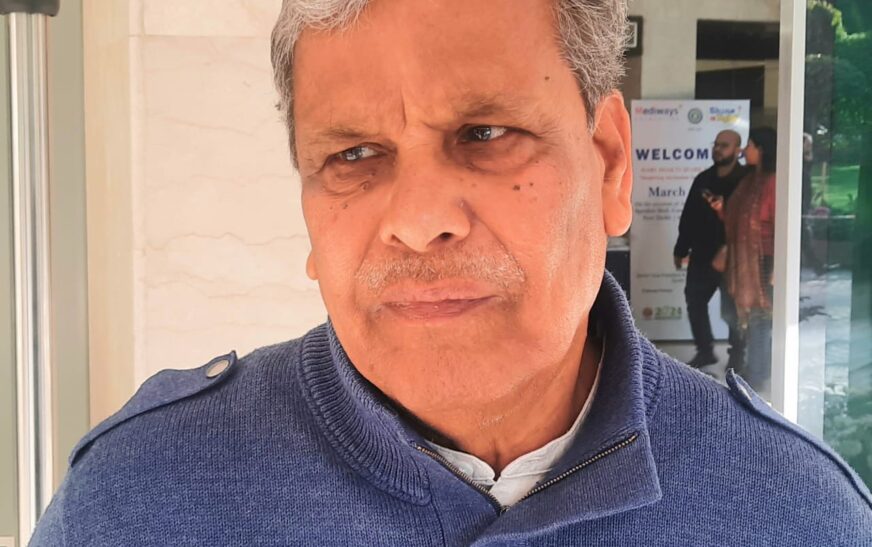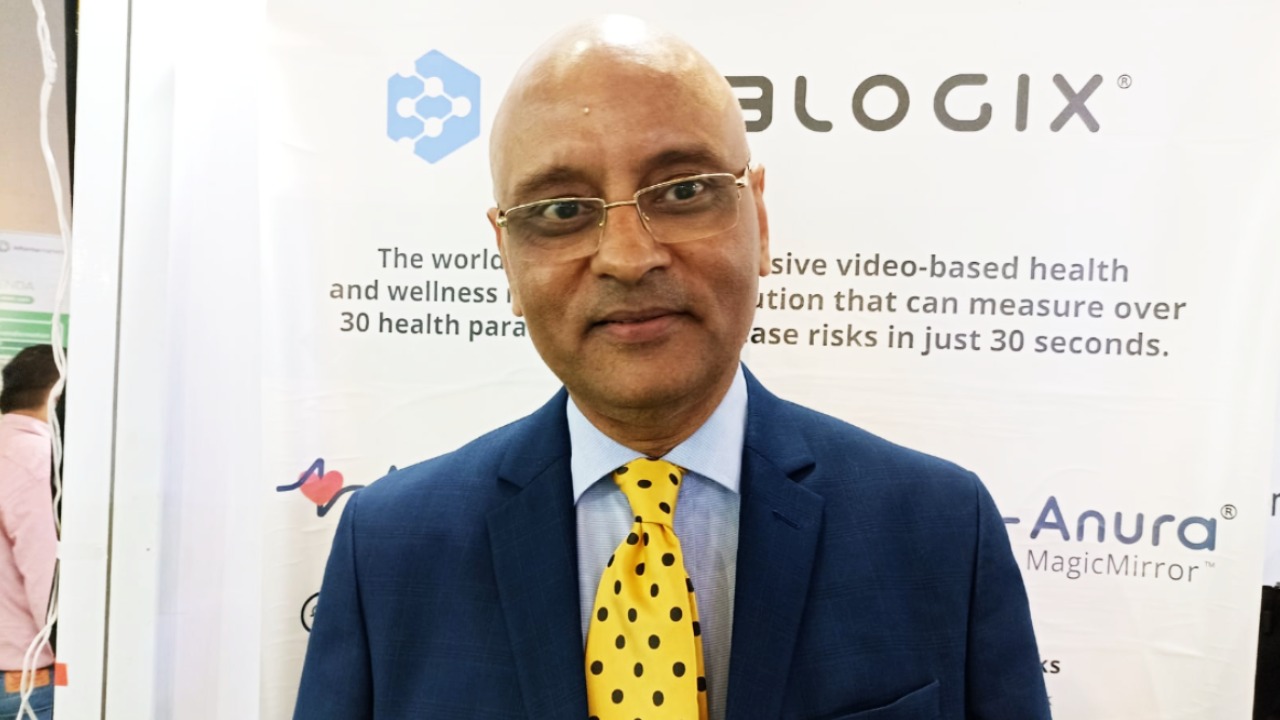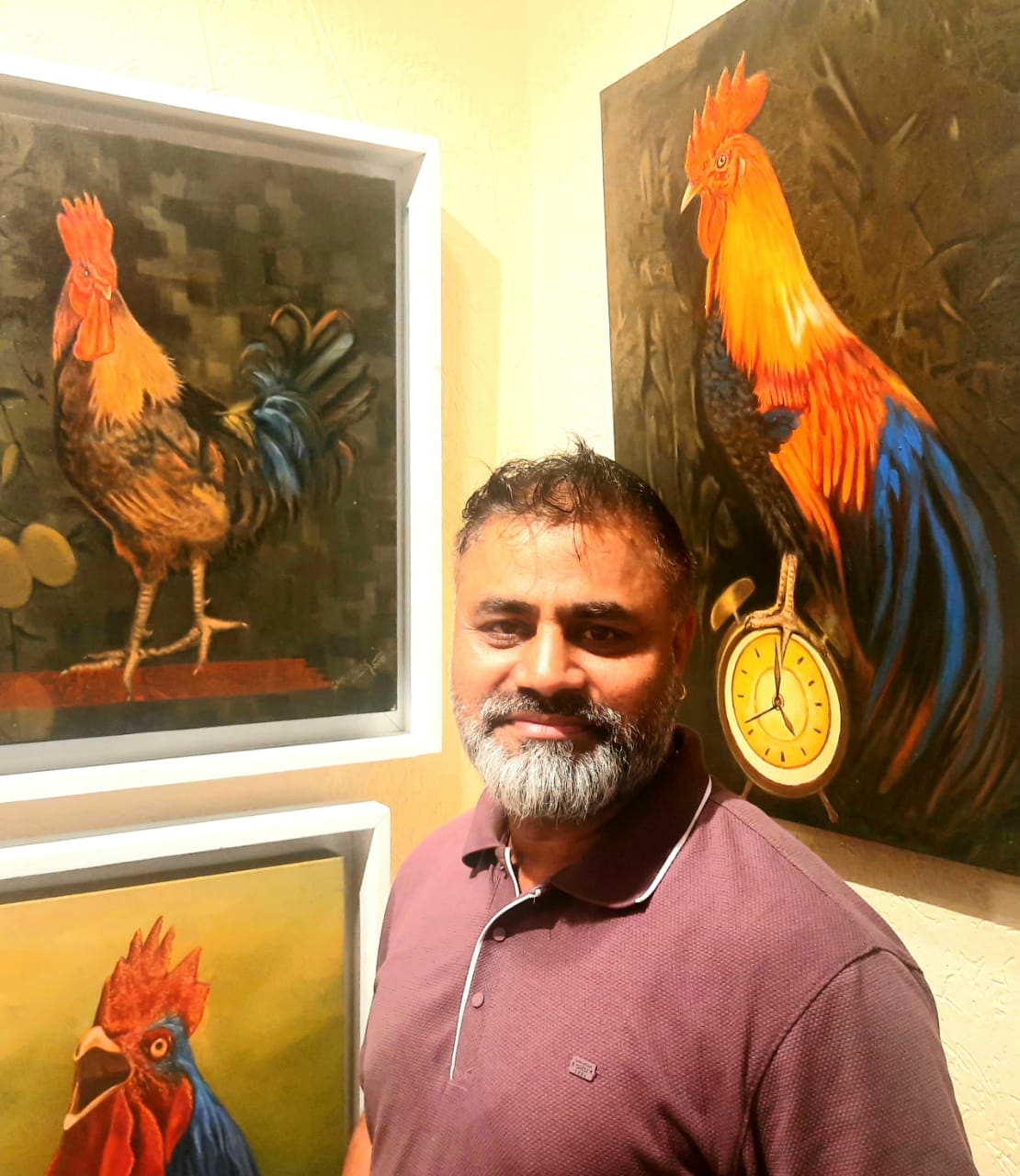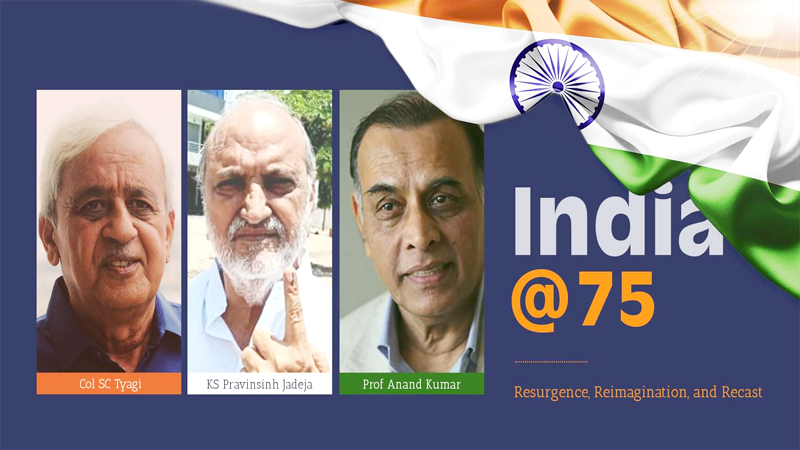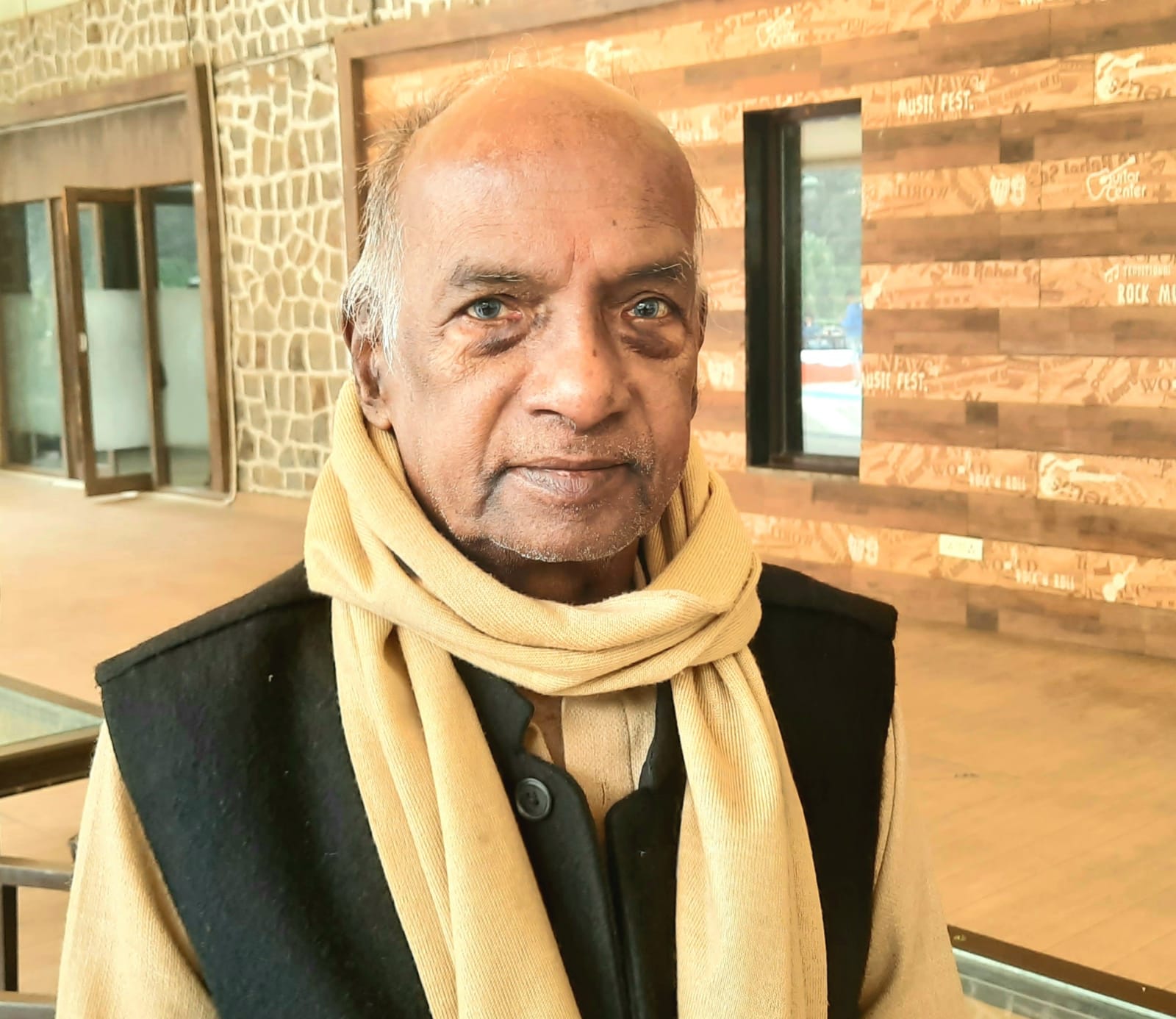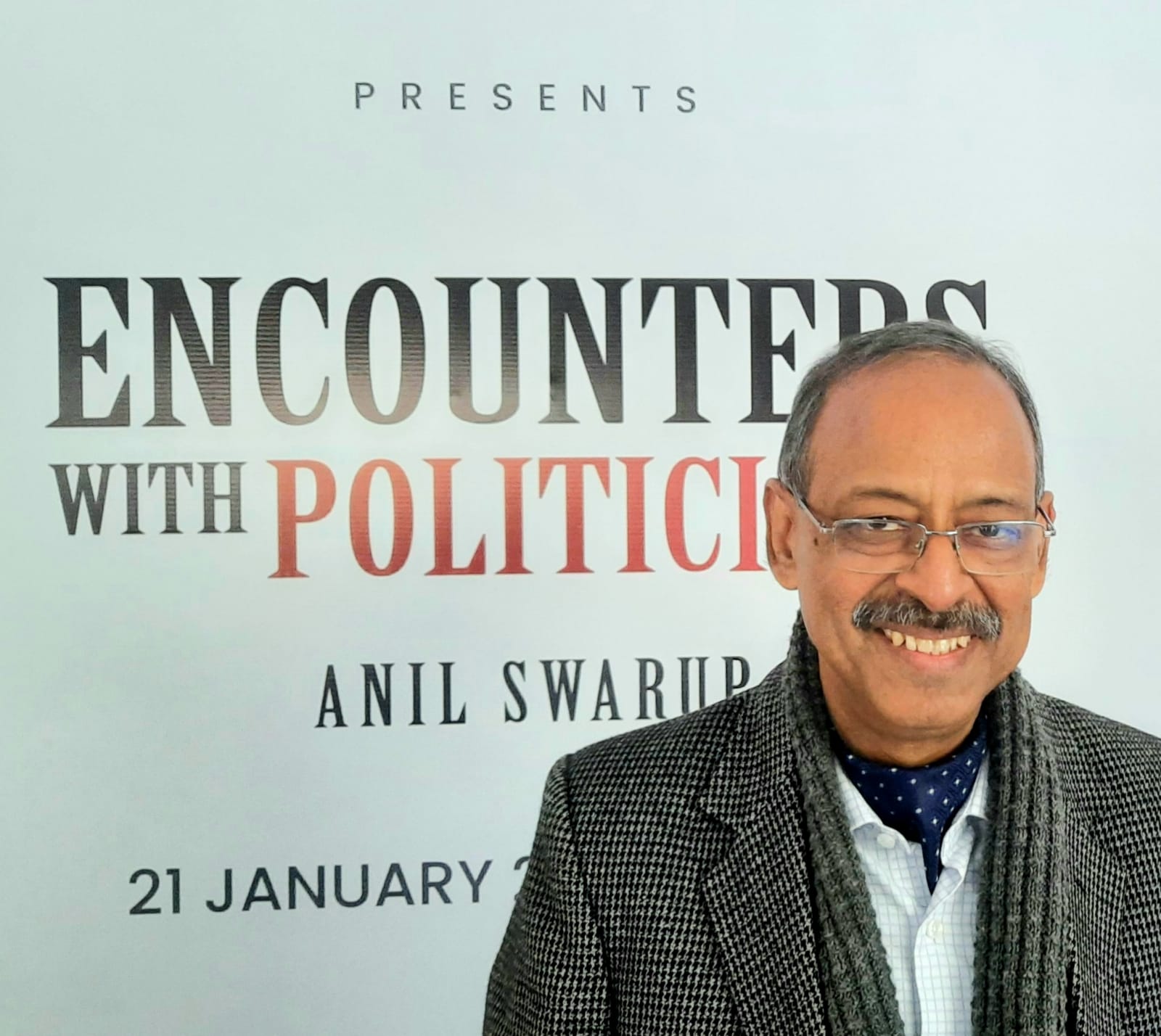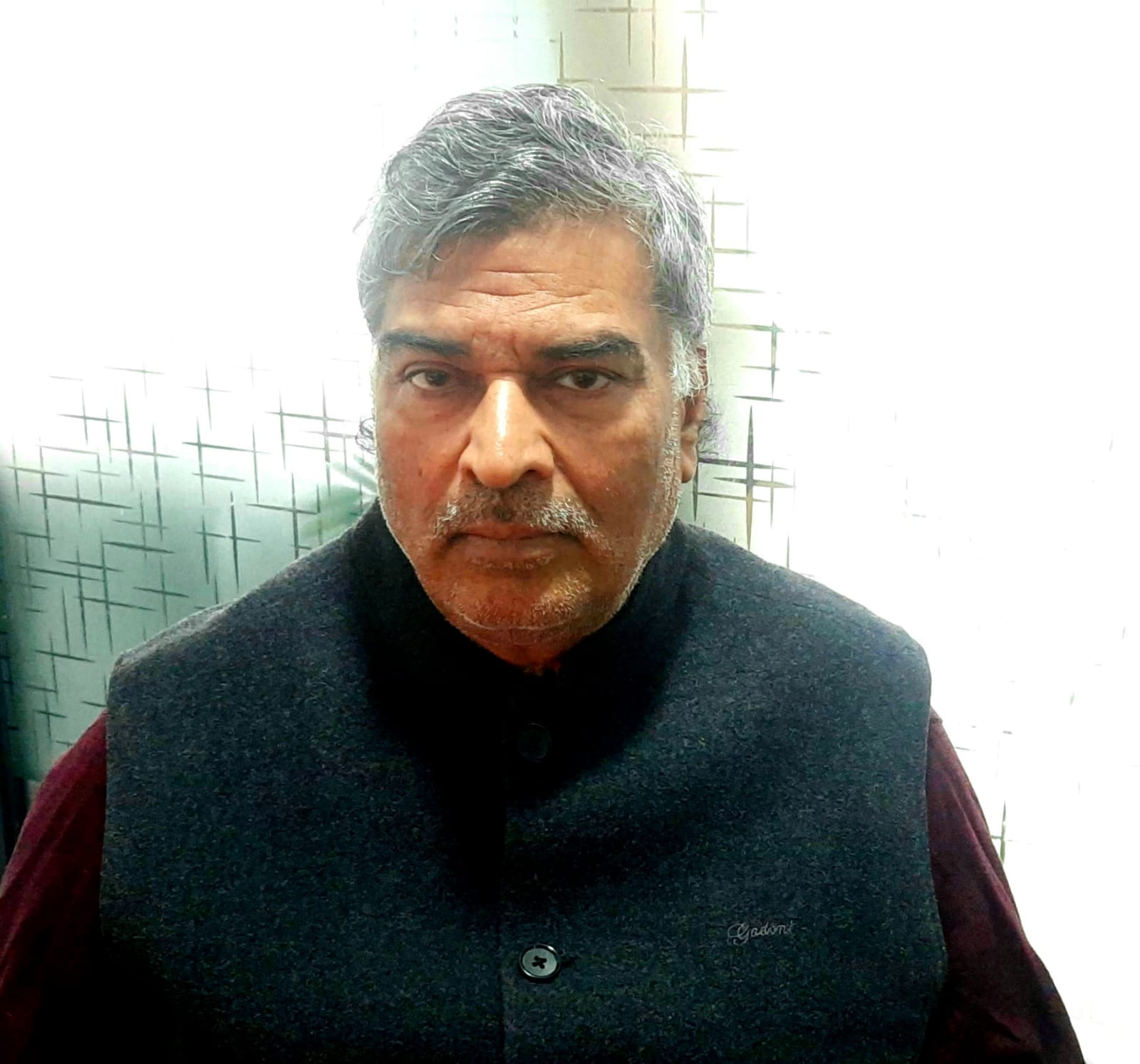Srikant Kumar Jena, a formidable force in Indian politics, emerges from the heartlands of Ratnagiri, Jajpur district, Odisha. His indelible mark spans across various ministerial portfolios, showcasing unwavering dedication and prowess. He commanded respect as the Union Cabinet Minister for Parliamentary Affairs and Tourism in the Gujral Ministry and Deve Gowda Ministry. Demonstrating remarkable leadership, he spearheaded critical domains as the Minister of State (Independent Charge) for Chemicals & Fertilizers and Statistics & Programme Implementation in the Second Manmohan Singh Ministry.
In the annals of governance, his legacy is etched as the Union Minister of State, wielding influence over Small Scale Industry, Agro, and Rural Industries during the VP Singh ministry. A stalwart representing the Balasore parliamentary constituency in the esteemed 15th Lok Sabha, his voice echoed the aspirations of the masses.
His political saga commenced with triumphant victories in the Odisha Legislative Assembly, clinching the MLA title thrice between 1977 and 1989. Cementing his authority, he assumed the pivotal role of Minister of State for Industry and Urban Development in the Odisha Government during 1979–80.
The trajectory of his political ascendancy reached new heights with his election to the Lok Sabha in 1989. Subsequently, he commanded the electorate’s mandate thrice more, consecutively gracing the 9th Lok Sabha, 10th Lok Sabha, and 15th Lok Sabha in 1991, 1996, and 2001, respectively. His journey is a testament to unparalleled commitment and unyielding service to the nation.
In a candid conversation with The Interview World, Srikant Kumar Jena provides a comprehensive overview of the political landscape in Odisha. He sheds light on the potential alliance between the BJP and BJD ahead of the general election, emphasizing crucial electoral issues and revealing the true state of development in the region. Below are the key highlights from his illuminating interview.
Q: What strategies and initiatives do you intend to pursue as a member of the Congress party in the current phase of the general elections?
A: The challenge lies in combating the divisive tactics of communal forces, a task for which the Congress Party stands as the most suitable instrument. This necessity is particularly evident in Odisha, where the Bharatiya Janata Party (BJP) and the Biju Janata Dal (BJD) are joining forces for the upcoming elections and are even considering an alliance. To effectively counter this formidable coalition, the Congress Party must fortify its position and forge alliances with other like-minded political entities.
It is essential to consolidate all these political forces onto a single platform, a step already taken with the formation of the INDIA block. As we prepare for this political showdown, it is crucial to recognize the resilience and determination of the people, who are increasingly rallying against the divisive agendas perpetuated by these communal forces. Together, with a unified approach and the support of the people, we can confront and overcome these challenges head-on.
Q: What is the public perception and response toward the Congress Party in Odisha?
A: Success in this endeavor heavily relies on how you engage with the populace and articulate your message effectively. An opportunistic alliance has formed between the BJP and BJD, while Naveen Patnaik has held sway in Odisha for a quarter-century. Consequently, the Congress party faces a formidable challenge. To address this, I have actively connected with the people of Odisha, presenting them with a clear and accurate depiction of the situation. I am confident that our efforts will yield a favorable response from the Congress party. By fostering direct engagement and offering transparency, we aim to navigate the complexities of the political landscape in Odisha with clarity and integrity.
Q: What are the key election-related challenges and concerns, particularly within the context of Odisha?
A: Poverty and unemployment loom large as pressing issues in Orissa. Despite its status as the wealthiest state in the country, Orissa confronts significant challenges. The ongoing mining activities exacerbate these problems, with many citizens remaining oblivious to the state’s true condition. It’s startling to note that Orissa, boasting considerable resources, harbors the highest number of impoverished individuals within its borders. This paradoxical situation underscores the urgent need for effective solutions to address the socio-economic disparities plaguing the region. Initiatives aimed at sustainable development and equitable distribution of resources are crucial to uplift the marginalized communities and foster inclusive growth in Orissa.
Q: What are the notable changes, if any, on the ground after 25 years of governance by the Patnaik government?
A: Despite the passage of 25 years, the prevailing situation in Odisha remains stagnant. Recent data released by the state government reveals a stark reality: a staggering 96 lakh families still grapple with poverty. This statistic paints a grim picture, indicating that nearly 4 crore individuals out of Odisha’s total population of 4.5 crore are trapped below the poverty line. The lack of significant change over such a lengthy period underscores the persistent challenges facing the region. It highlights the urgent need for comprehensive and effective measures to uplift these marginalized communities and break the cycle of poverty.
Q: What are the implications of the close alliance between BJD and BJP in fighting elections, and what is your perspective on this strategic collaboration?
A: The alliance between the Bharatiya Janata Party (BJP) and the Biju Janata Dal (BJD) is widely criticized as unethical and opportunistic. Initially, Naveen Patnaik, the leader of BJD, had maintained a stance of keeping a distance from both the Congress and the BJP. However, in a surprising turn, the BJD has now fully aligned itself with the BJP. This unexpected shift has raised eyebrows and fueled speculation about the motivations behind it. Many view this alliance not just as a strategic move but as a joint venture aimed at exploiting the resources of Odisha for personal gain.
Odisha’s mining industry, a major source of wealth for the state, is particularly vulnerable to exploitation under this alliance. With both parties seemingly in agreement, private companies are capitalizing on this opportunity to plunder the state’s resources without regard for the long-term consequences. This unholy alliance threatens to undermine the welfare and development of Odisha and its people.


